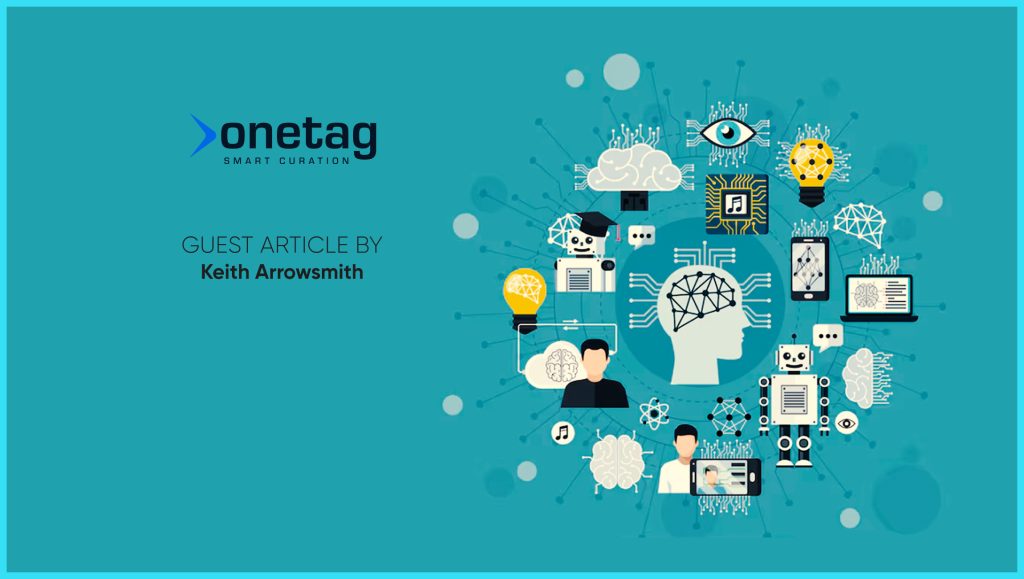The outcome of Google’s long-running antitrust trial has sent a clear message to the ad tech world: The open web cannot rely on regulation to rebalance competition. Instead, it needs more advanced solutions that deliver better performance, transparency, and scale.
Enter semantic intelligence, an important evolution to contextual advertising. By lending more nuance and flexibility to advertisers’ programmatic tool kits, semantic data opens up real-time, scalable conversations between brands and their audiences, all on the open web.
Why contextual is back in focus
Contextual targeting has long appealed to businesses that want a privacy-safe, brand-safe, and scalable option across the open internet. For years, this has meant matching ads to keywords or broad site categories, such as “sports,” “finance,” “lifestyle,” or “news.”
While in some cases useful, this approach was blunt. A keyword match for “apple,” for example, might place an ad for consumer electronics next to a recipe for pie. Domain-level targeting also ignored the nuance of individual pages or placements.
With the decline of third-party identifiers and continued concerns around brand safety, contextual targeting has resurfaced as a key part of the ad tech conversation. Yet to meet modern performance expectations and rival the options on offer from Google, Meta, and other walled gardens, it too needs to evolve.
Marketing Technology News: MarTech Interview with Jackie Palmer, VP of Product Marketing @ ActiveCampaign
What semantic data adds to contextual
Semantic data is one such evolution. This data is best thought of as the next generation of contextual targeting: Instead of looking only at keywords, semantic models use machine learning and knowledge graphs to understand the meaning of a page, the relationships between concepts, and even the sentiment of the content.
This renders targeting more accurate and more flexible. Consider a sneaker brand that wants to reach people interested in fitness. While legacy contextual tools might focus narrowly on running blogs or sports pages, semantic targeting can identify additional inventory opportunities alongside wellness content, local news about marathons, or an article describing how to recover from an injury.
The power of semantic algorithms
Semantic data algorithms analyze the core contextual content of webpages, disregarding unrelated editorial information. Algorithmic scoring happens for both prominence (text that appears more prominently on web pages) and relevance (the relationship of words to their related entities). This scoring system ranks the overall relevance of web pages on a live basis, enhancing and improving the results of content topic searches.
This technology increases the scale of traditional contextual advertising beyond the limited scope of domain lists. Campaigns that leverage semantic data can connect with relevant consumers wherever they are consuming relevant topics across the open internet, including on general news, entertainment, and lifestyle sites. This new approach makes marketing budgets go further and work harder, unlocking contextual access to content across the diversity of high-quality open internet publishers that would otherwise be missed.
Why semantic intelligence matters in a post-antitrust environment
Semantic data gives advertisers and publishers a practical alternative to Google: a programmatic tool that drives results without relying on closed ecosystems.
For advertisers, semantic data enables:
- Adaptive reach: capturing audiences as their interests shift across topics and contexts.
- Stronger efficiency: fewer wasted impressions, cleaner supply paths, and campaigns that align more closely with goals like CTR or conversions.
- Privacy-safe precision: brand-suitable targeting without reliance on identifiers or opaque black-box systems.
For publishers, semantic intelligence delivers:
- Better monetization: surfacing the true value of quality content that might be overlooked by keyword-based tools.
- More relevant demand: attracting buyers whose ads fit contextually, improving performance for both sides.
These benefits make semantic data for contextual targeting a practical way to strengthen the open internet at a time when regulatory solutions are falling short.
Marketing Technology News: Why Southeast Asia’s Advertising Growth Demands Better Measurement























